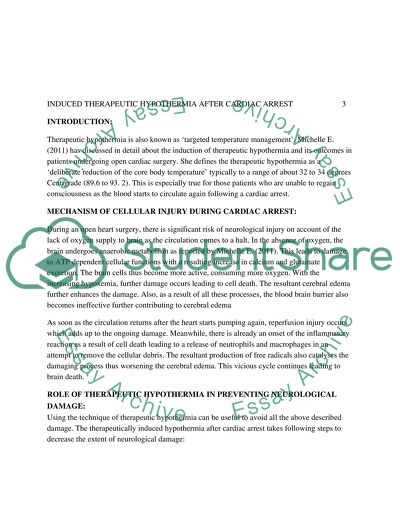Cite this document
(“Induced Theraputic Hypothermia after Cardiac Arrest Research Paper”, n.d.)
Induced Theraputic Hypothermia after Cardiac Arrest Research Paper. Retrieved from https://studentshare.org/nursing/1620190-induced-theraputic-hypothermia-after-cardiac-arrest
Induced Theraputic Hypothermia after Cardiac Arrest Research Paper. Retrieved from https://studentshare.org/nursing/1620190-induced-theraputic-hypothermia-after-cardiac-arrest
(Induced Theraputic Hypothermia After Cardiac Arrest Research Paper)
Induced Theraputic Hypothermia After Cardiac Arrest Research Paper. https://studentshare.org/nursing/1620190-induced-theraputic-hypothermia-after-cardiac-arrest.
Induced Theraputic Hypothermia After Cardiac Arrest Research Paper. https://studentshare.org/nursing/1620190-induced-theraputic-hypothermia-after-cardiac-arrest.
“Induced Theraputic Hypothermia After Cardiac Arrest Research Paper”, n.d. https://studentshare.org/nursing/1620190-induced-theraputic-hypothermia-after-cardiac-arrest.


